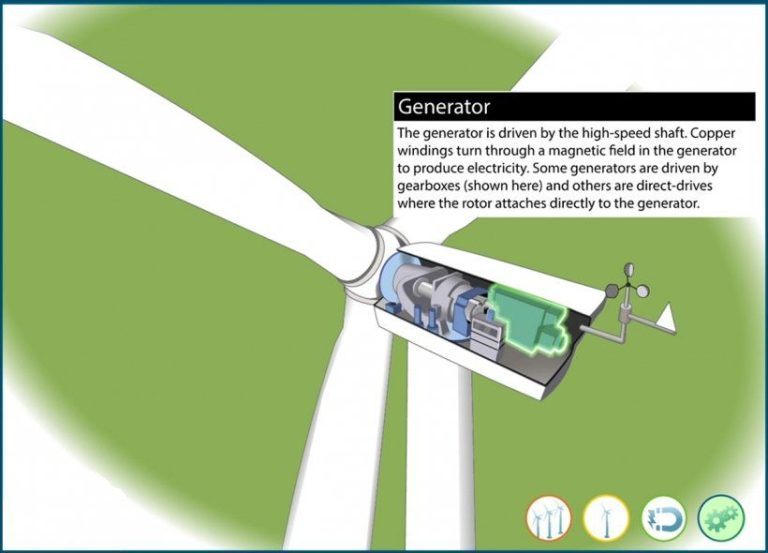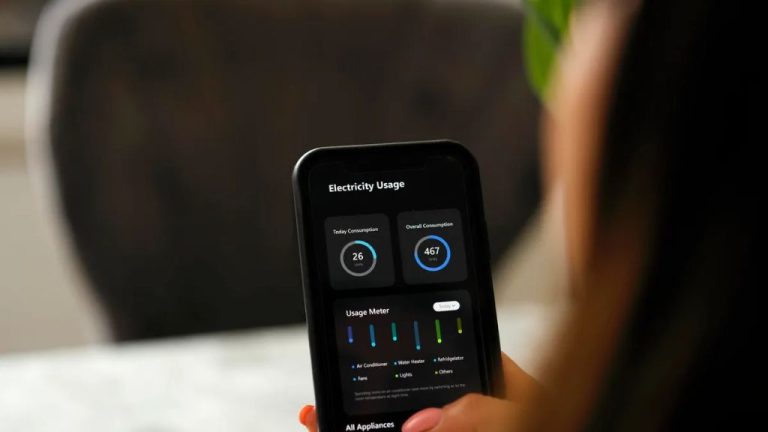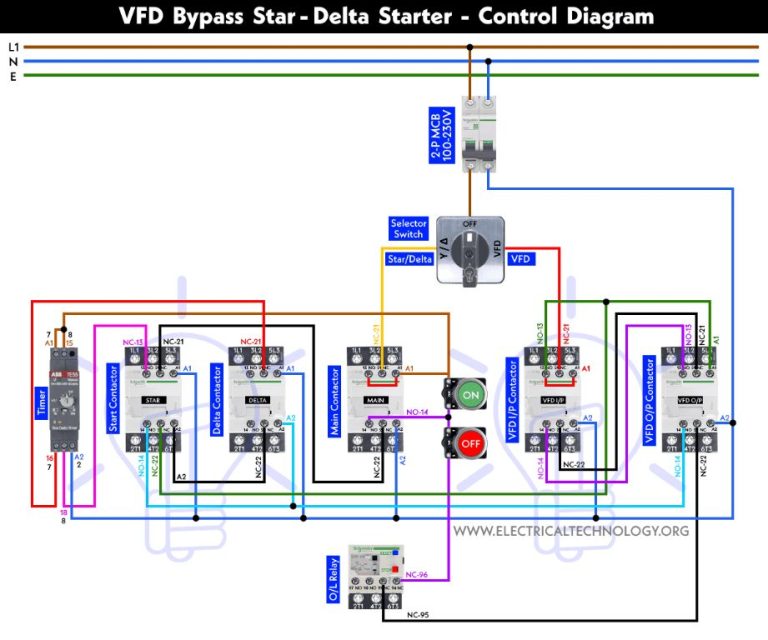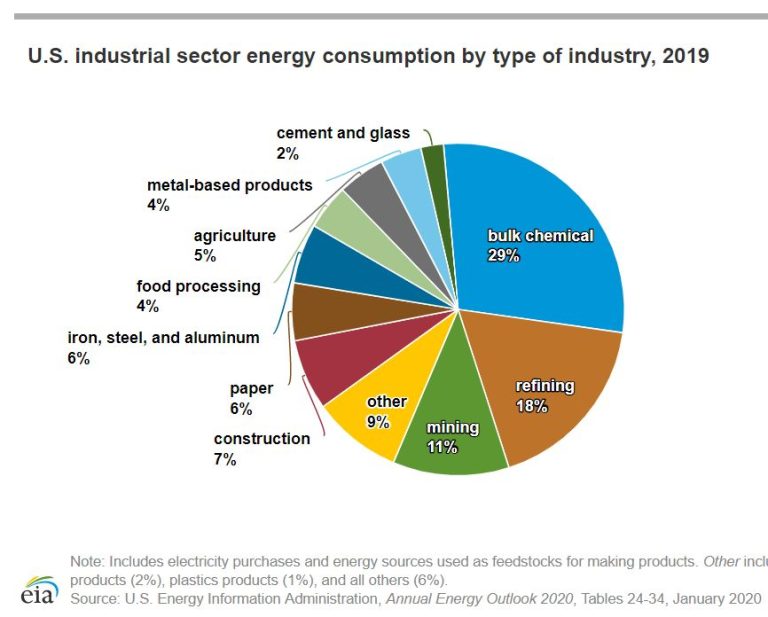What Are Electrical Energy To Light Energy Devices?
Electrical energy to light energy devices are technologies that convert electricity into visible light. They allow us to illuminate indoor and outdoor spaces for safety, visibility, aesthetics, and more. Some key examples of electrical to light energy conversion devices include incandescent light bulbs, fluorescent lights, LED lights, and neon signs. These technologies are extremely important in modern society. Artificial lighting allows humans to be productive, socialize, and feel safe during nighttime hours. It also enables architectural lighting, decorative lighting, stage lighting, and other applications that enrich our lives. Overall, the ability to convert electricity into light has fundamentally transformed human civilization, enabling 24-hour activity and helping drive progress and innovation.
History
The development of electrical lighting technology spans hundreds of years, going all the way back to the early 1800s. Several key inventors and innovations contributed to our current ability to turn electricity into light.
In 1802, Sir Humphry Davy demonstrated incandescent light by heating platinum strips between two charcoal blocks powered by a large battery. The strips glowed brightly, but only for a few moments before the platinum burned out.
Over the next 50 years, inventors continued working to find longer lasting materials that could be heated to incandescence. In 1841, British scientist Warren de la Rue placed a platinum coil in an evacuated tube and passed an electric current through it, creating one of the first practical light bulbs.
However, the key breakthrough came in 1879, when Thomas Edison and his researchers at Menlo Park successfully developed a lasting incandescent light bulb after testing thousands of different materials for the filament. They settled on a high-resistance carbon filament that could glow steadily for hours. Edison was then able to market and commercialize the light bulb for widespread use.
Edison’s carbon filament bulbs were extremely successful and became the dominant form of electric lighting for decades. Other inventors continued improving the technology by using new filament materials like tantalum and tungsten, allowing bulbs to become even more durable and efficient.
How Light Bulbs Work
The traditional incandescent light bulb has been in use for over 100 years and works on the concept of incandescence to produce light. Inside the glass bulb is a thin filament wire that is connected to the electrical contacts at the bottom of the bulb. When electricity passes through the wire filament, it heats up and gives off visible light and infrared radiation. The hotter the filament gets, the brighter the emitted light.
In order for the filament to reach high temperatures without melting, it needs to have high electrical resistance while still being strong enough not to break. Early bulbs used carbonized bamboo or cotton threads, but modern bulbs use tungsten filaments. Tungsten has the highest melting point of any metal, allowing it to reach temperatures over 3000°C. To prevent the hot tungsten filament from reacting with oxygen, the bulb is filled with an inert gas like argon or nitrogen.
The glass bulb encloses the filament in a protective environment and allows the visible light to pass through. The base of the bulb connects the electrical contacts to the lamp socket. In this simple but clever way, an incandescent bulb converts electrical energy into radiant energy in the form of visible light.
Fluorescent Lights
Fluorescent lights work differently than traditional incandescent bulbs. Rather than heating a filament to produce light, fluorescent lights utilize an electric current to excite mercury vapor inside a glass tube. The excited mercury atoms produce short-wave ultraviolet light that causes a phosphor coating on the inside of the tube to glow and emit visible light.
There are several advantages of fluorescent lights compared to incandescent bulbs:
- More energy efficient – Fluorescent lights require about 75% less electricity than an equivalent incandescent.
- Longer lifespan – The average fluorescent tube lasts 10,000 hours compared to only 1,000 hours for an incandescent.
- Produce less heat – Fluorescent tubes run much cooler which reduces HVAC costs.
- Variety of colors – The phosphor coating can create different color temperatures.
However, fluorescent lights also have some disadvantages:
- Bulky size – The long tubes can limit placement options.
- Mercury content – Fluorescent tubes contain mercury which creates disposal issues.
- Flicker and hum – Magnetic ballasts can cause flickering and buzzing sounds.
- Slow start-up – Fluorescent tubes need time to warm up to full brightness.
Overall, fluorescent lights offer significantly better efficiency than incandescent bulbs, but the mercury content and hum/flicker issues are downsides to consider.
LED Lights
LED stands for light-emitting diode. LED lights are highly energy efficient lighting sources that convert electricity into light in a very unique way compared to incandescent and fluorescent lights.
LEDs produce light through electroluminescence, which occurs when electric current flows through a semiconductor and causes electrons to release energy in the form of photons or light particles. This is different from incandescent bulbs that use heat or fluorescent bulbs that rely on a mercury vapor discharge.
Some key advantages of LED lighting include:
- High energy efficiency – LEDs convert over 80% of energy into light vs only 10-20% in incandescents.
- Long lifespan – LEDs can last over 50,000 hours compared to 1,000 for incandescents.
- Durability – LEDs are solid state with no filament or glass bulb to break.
- Eco-friendly – LEDs contain no mercury like fluorescents.
- Directional lighting – LEDs focus light in a specific direction unlike omnidirectional bulbs.
Potential disadvantages include higher upfront costs and concerns about blue light wavelength emissions. Overall LED lighting provides huge efficiency and longevity benefits over other lighting types.
Other Electric Lighting
In addition to incandescent bulbs, fluorescent tubes, and LEDs, there are some other interesting ways to convert electricity into light energy:
Neon Lights
Neon lights use electrified, low-pressure neon gas contained in glass tubes to produce a distinctive glow. Electricity excites the neon atoms, causing them to emit photons in the visible light spectrum. Neon lights come in various colors based on the gas mixture inside the tubing.
Halogen Lights
Halogen lights are a variation of incandescent bulbs with a tungsten filament enclosed in halogen gas. The gas helps recycle evaporated tungsten back to the filament through a chemical reaction, improving efficiency and lifespan. The compact size of halogen lights makes them popular for residential and commercial lighting.
High Intensity Discharge (HID) Lights
HID lights pass an electric arc through gasses like mercury, sodium, or metal halides to generate bright light. The excited gas produces either visible light directly or causes a phosphor coating to glow. HID lights have high light output for their size and are often used for large commercial or industrial spaces.
While incandescent, fluorescent, and LED lighting are the most ubiquitous, other electric lights leverage interesting physics and chemistry to turn electricity into illumination.
Choosing Lighting
When selecting lighting for your home or business, consider the intended purpose and environment. Task lighting like desk lamps require a focused bright light. Ambient lighting like recessed ceiling lights create overall illumination. Accent lighting like track lighting highlights architectural elements. Outdoor lighting must withstand weather and enhance security.
Evaluate light quality like color temperature and CRI (color rendering index). Warm white light around 2700K creates a cozy feel. Cool white light around 5000K is more energizing. High CRI ratings over 80 provide true color rendition. Consider any lighting flicker and dimming capabilities.
Compare lumen output, efficiency in lumens per watt, and estimated lifespan ratings when choosing bulbs. LED and CFL options offer more longevity and energy savings over incandescent. However, CFLs contain mercury while LEDs do not. Consider maintenance costs with easy versus difficult to replace bulbs.
Finally, choose appropriately sized lighting fixtures and bulbs to provide adequate and uniform lighting for the space. Insufficient lighting can create shadows or eye strain. Overlighting wastes energy. Balance lighting design with your usage, efficiency goals, and budget.
Improving Efficiency
There are several ways to improve the efficiency of converting electricity into light. Some key innovations and techniques include:
-
Using LED lighting – LEDs convert over 80% of energy into light, compared to incandescent bulbs which convert only 10-15% into light.
-
Installing occupancy sensors – These detect motion and turn lights on only when needed, reducing waste.
-
Using task lighting – Focus light where it’s needed most to avoid over-lighting unused areas.
-
Dimming lights – Dimmer switches allow adjusting light levels to save energy.
-
Daylight harvesting – Photocells and other controls dim or turn off lights when ample daylight is available.
-
Smart lighting controls – These automatically adjust lighting based on conditions and needs, optimizing efficiency.
-
Lighting retrofits – Upgrading old lighting fixtures to more efficient ones can significantly reduce energy use.
-
Proper maintenance – Cleaning fixtures and replacing old bulbs helps maintain efficiency over time.
Taking advantage of these kinds of innovations and techniques can dramatically cut the electricity needed to produce light, saving energy and money.
Environmental Impact
Lighting can have a significant environmental impact depending on the type of bulbs and electricity generation used. Incandescent bulbs are very inefficient, wasting over 90% of energy as heat. This requires more electricity from power plants, increasing emissions. Fluorescent bulbs contain mercury which must be disposed of properly. LEDs are most efficient and long-lasting, but contain rare earth metals that require mining.
The cleanest lighting options utilize renewable energy sources like solar or wind. Even with traditional grid power, LEDs produce a fraction of emissions compared to incandescents. Proper recycling also reduces waste and environmental impact. Using lighting controls like occupancy sensors and dimmers can further improve efficiency. Choosing the right amount and type of lighting for each application is key – over-lighting wastes energy. With some thoughtful choices, we can enjoy bright and beautiful spaces while minimizing our lighting footprint.
Future Outlook
The future of lighting is expected to see major innovations and advancements that will change how we use and interact with light. Some key trends and predictions include:
Smart and Connected Lighting: Lighting is becoming increasingly integrated with technology, enabling lights to be controlled remotely via smartphones and connected to the internet and each other. Smart bulbs and fixtures can automatically adjust brightness and color based on time of day, sensors, voice commands, and more.
New Light Sources: Alternatives to traditional incandescent and fluorescent lights continue to emerge, including more advanced and efficient LEDs, organic LEDs (OLEDs), and potentially lasers or other novel light-emitting technologies.
Human-Centric Lighting: There is growing focus on lighting designed for human health and well-being, such as lights that can shift in color temperature to match circadian rhythms.
New Applications: From self-disinfecting surfaces to transparent solar panels that glow, lighting innovations are enabling new use cases. Lighting design is also becoming more creative and experiential.
Lower Energy Use: Stricter energy efficiency standards and goals to reduce electricity consumption will drive continued improvements in lighting efficiency across homes, businesses and cities.
Overall, the future of lighting is extremely promising as technology unlocks new capabilities. Lighting has the potential to be highly customizable, responsive, and human-centric, creating the optimal illumination for any space, mood or activity.






